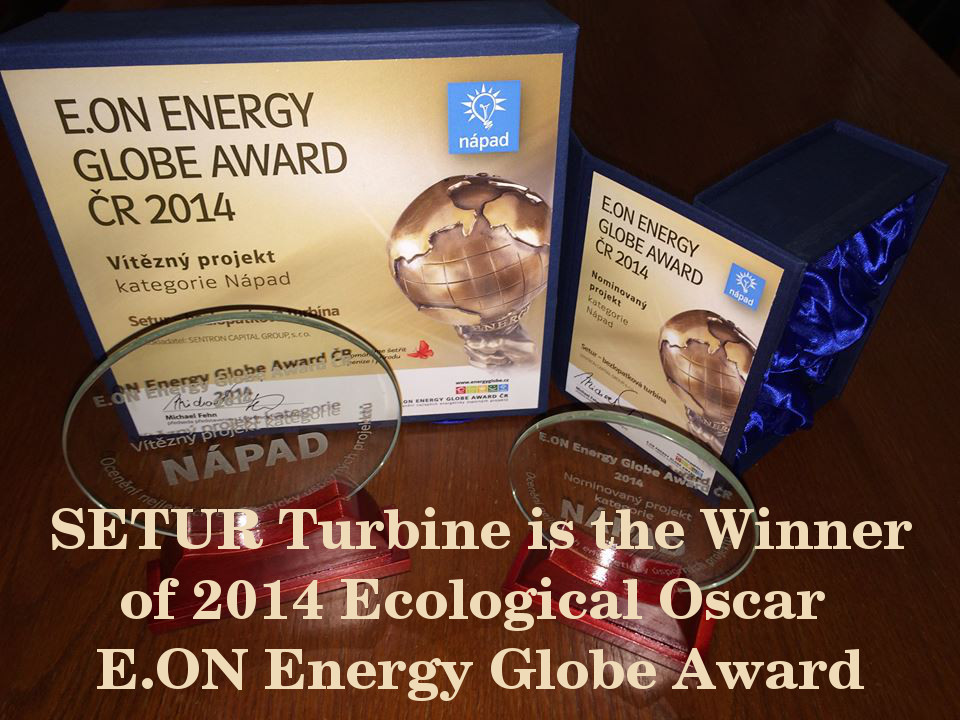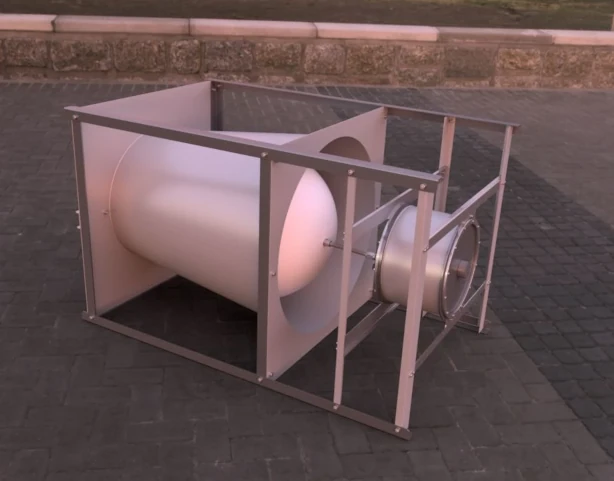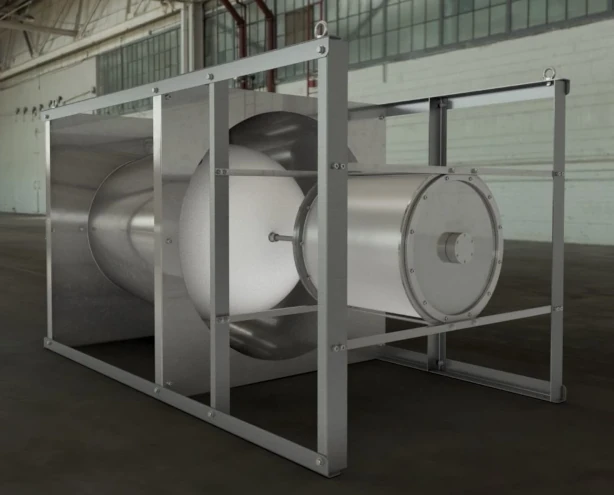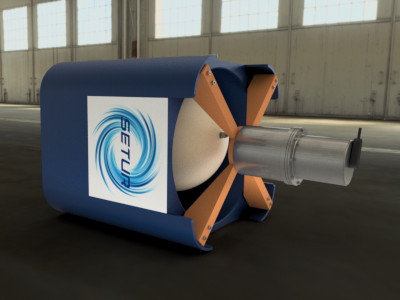Why Setur Hydro Power?
Hydropower surpasses solar power in reliability, efficiency and cost-effectiveness due to its consistent and predictable energy source (flowing water) compared to the intermittent nature of solar energy (sunlight). Here's a more detailed comparison:
OUR PRICES
We now also accept Crypto Payments!
Prices in EUR
You can also pay in USD, CAD, GBP and many other currencies at current exchange rate
Turbine prices in our online store will be shown in the currency of your geographic location
Volume discounts are available for some higher volume orders. Please note, volume discounts are only applied to the volume in a single order. Volume split across multiple orders for the same product will not be totaled for volume discounting. Contact us for details.





